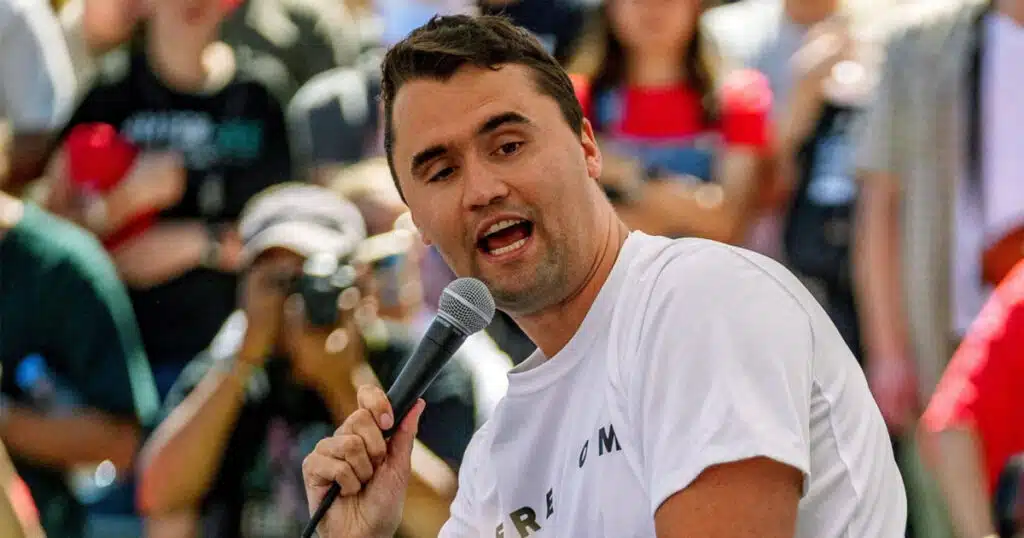
Damar Hamlin Goes to a Game; Is Everything Fine Now?
We are all grateful that Buffalo Bills player Damar Hamlin survived his encounters with sudden death (two encounters—his heart stopped twice). He has expressed gratitude for the thousands who prayed for him, and he was delighted to be able to attend a Buffalo Bills-Bengals playoff game just 20 days after his collapse.
But will he be on the playing field again? He appears to have escaped serious permanent injury, but what will his cardiologist say about the risk of a recurrence?
Some were quick to diagnose commotio cordis from the impact to his chest when he tackled another player, but others dismissed the possibility. It might be rare, even unprecedented in football, but one can’t prove it to be impossible
So, what to do now?
First, we should recognize that sudden death is not a new phenomenon. The unexpected sudden death that affects an apparently healthy individual is a nightmarish threat that has accompanied mankind throughout history. The first recorded instance may have occurred in ancient Egypt between 2625-2475 B.C. Hippocrates, who lived in the 4th century B.C., gave a general description of sudden cardiac death (SCD) in his Aphorisms II,41. Scientific understanding of SCD began in the 19th century when British physiologist John A MacWilliam first proposed a rational electrophysiological hypothesis as the most likely explanation.
Leading cardiology experts consider SCD to be “one of the most challenging tasks in Cardiology.” This calamity is not as rare as the conventional wisdom would like us to believe. It is estimated that it may account for 15-20 percent of deaths in western countries and is a cause of the majority of deaths due to cardiovascular factors. The risk is higher in competitive athletes (about 1 in 7,000), but the absolute number of cases is higher in recreational sports. No contact is required.
Because of its importance and frequency, one might assume that research into causes and prevention would be very well funded. But for every year of healthy life lost, the National Institutes of Health invests only $7 in research on SCD, versus $284 for diabetes, $89 for stroke, and $53 for ischemic heart disease. And things are getting worse: allocations from NIH to research cardiac arrest have decreased from $35.4 million to $28.5 million during the past decade. The $40 million spent in 2015 out of the NIH’s $21.2 billion budget amounted to less than 0.2 percent.
Among the many reasons for neglecting the funding was the public’s surprising lack of awareness about the importance of cardiac arrests.
Cases like Hamlin’s, however, may be the stimulus for very important research. It is not only that the spectacular collapse of an NFL star or other celebrity attracts a lot of sensational media coverage. It’s not just the individual tragedies. The actual number of cases is increasing at such a disturbing rate that the public is finally noticing it.
A surge of adrenalin with extraordinary exertion may trigger the fatal rhythm disorder. A surge of hormones just before awakening might explain how young people die in their beds. But what makes the heart’s electrical system more irritable?
The current spike in reports of SCD just happens to coincide with push to get everybody injected with COVID-19 vaccines. Although your vaccination status must be made known to ticket takers at a concert, it seems to be too sensitive to include in news reports on SCD.
What can impair your heart’s electrical system? The differential diagnosis includes trauma, a congenital (birth) defect, infection, inflammation, autoimmune damage, toxic effect, and drug effect. Damage from the spike protein that COVID injections cause your body to make, and/or the immune response to it, is a plausible mechanism. How to demonstrate it? Patients who die should have an autopsy, with tissue preserved for tests, such as histopathological staining or chemical analysis for toxins, that may become available later. An autopsy should be standard in all unexpected deaths, but is rarely done for financial reasons. This should be a priority for SCD research funding.
With today’s electronic health records, it should be possible to collate massive data on exposures. Americans are ingesting enormous amounts of drugs, both illegal and prescription. They also receive an unprecedented number of vaccines. The COVID products are so different that some say they should not be called vaccines. However, all vaccines affect the immune system, by design. Immunology is extremely complex, varies greatly in individuals, and is not well understood.
Instead of speculating about climate change, gas stoves, minuscule increases in dust particles (PM2.5s) in the air, 5G, plastic bottles, etc., let’s try to find an answer to an age-old but dramatically increasing problem.
Damar Hamlin was saved by immediate, excellent medical care, and an automatic external defibrillator. These are not available to most patients who have SCD. We need to prevent the occurrence, but first we need to know the cause.



